
Heartfelt Inquiry into Core Beliefs
© 2019 John Prendergast, Phd
Excerpted from THE DEEP HEART: Our Portal to Presence. Sounds True, December 2019. Reprinted with permission.
In the closing circle of a recent retreat, a delightful woman in her early sixties shared what had touched her the most. She admitted that she had attended the retreat mostly to be closer to her daughter (who was also a participant), but what struck her most was that she had never realized how much her entire life had been ruled by a core limiting belief. She confessed that she never knew that such a thing even existed. Seeing her belief and beginning to feel some space from it was a liberating revelation for her, and she was delighted to come out of a box that she didn’t know she had put herself in for most of her life.
It’s like that for most of us. Core limiting beliefs form in childhood and mostly reside outside or on the edge of conscious awareness. They are core in the sense that everything about us organizes around them — how we relate to others, work, and take care of ourselves. They are limiting because they constrain us, holding us back from living our lives as wakefully, freely, wisely, powerfully, joyfully, lovingly, and creatively as we can.
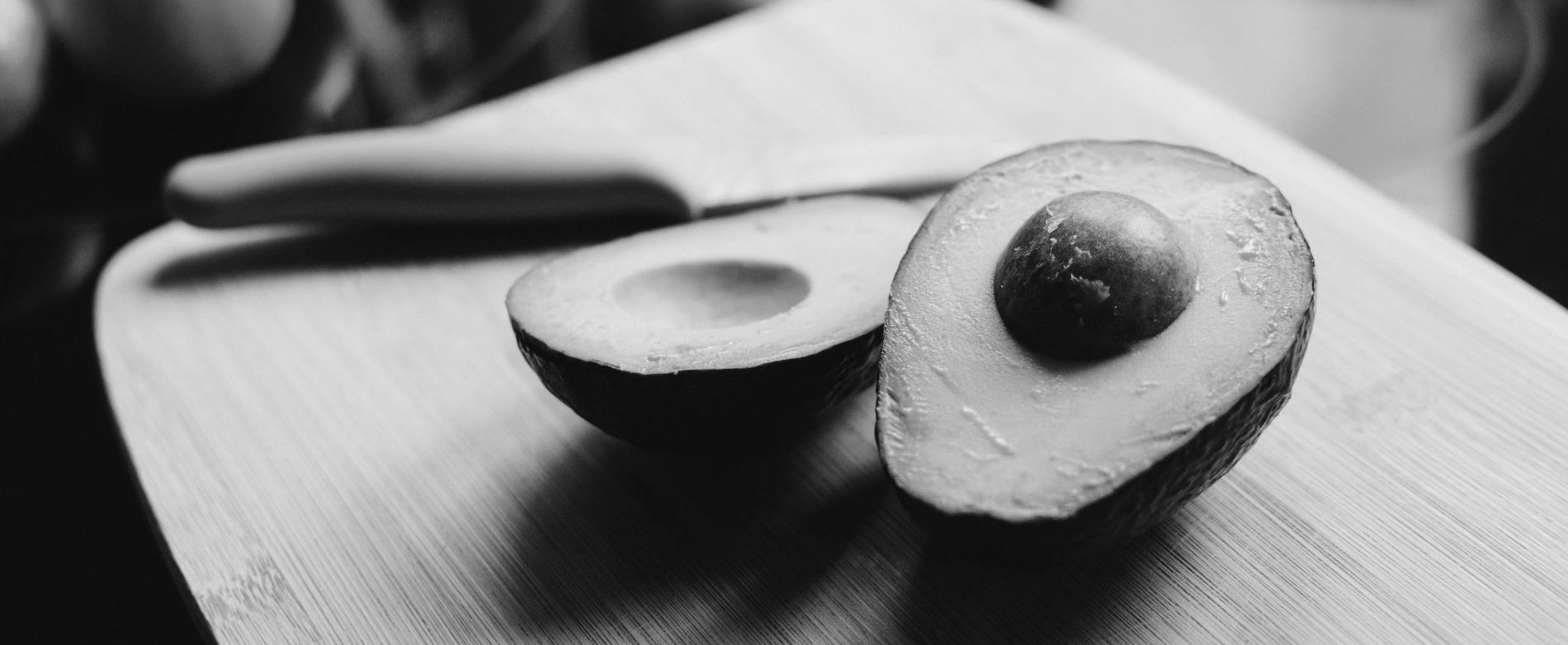
Greetings
The Wise Brain Bulletin offers skillful means from brain science and contemplative practice – to nurture your brain for the benefit of yourself and everyone you touch.
The Bulletin is offered freely, and you are welcome to share it with others. Past issues are posted at http://www.wisebrain.org/tools/wise-brain-bulletin.
Rick Hanson, PhD, edits the Bulletin. Michelle Keane is its managing editor, and it’s designed and laid out by the design team at Content Strategy Online.
To subscribe, go to http://www.wisebrain.org/tools/wise-brain-bulletin.
Beliefs are mental maps — approximations of reality. They help orient us, and most are benign. Generally, the closer they correspond to facts, the more useful they are. Of course, some nonfact-based beliefs provide solace and meaning in the face of existentialn uncertainty — for example, the desire for a pleasant afterlife somewhere up in the fluffy clouds or in a celestial desert oasis.
Core limiting beliefs are particularly powerful lenses through which we see ourselves and the world. Our view of the world always has a corresponding view of our self. If we see the world as a hostile and dangerous place, we will also believe that we need to either armor or conceal ourselves in order to survive — becoming aggressive or invisible depending on our temperament and conditioning. Conversely, if we perceive the world as friendly, we will feel safe to let down our guard, come out of hiding, and shine just as we are.
Core limiting beliefs about our self can be stated in short, simple, and childlike sentences. A few examples include I am not good enough, I am worthless, something is wrong with me, I don’t deserve to exist, I am a mistake, I’m bad, I’m flawed, I am broken and beyond repair, I’m unlovable, and I don’t belong. There are endless variations on these basic themes, and it’s important that we recognize the specific form that they take in our own lives. For example, I’m flawed may take the form of I’m really screwed up (or something more vulgar) particularly suited to our family and culture. You can tell that you have correctly identified one of these beliefs when it evokes a strong emotional charge and contraction in your body
This happens because our core beliefs are a complex of semi- or subconscious thoughts with accompanying feelings and sensations. When I work with groups, I sometimes invite participants to try the following brief, unpleasant experiment
Take a moment to reflect on a compelling core limiting belief that you have about yourself. Keep it as short and simple as possible, using the language of a child. You won’t need to disclose it to anyone. Experiment with different variations until you find the form with the most charge. Once you have found it, notice the impact emotionally and somatically. Observe it carefully for a little while and note that it is caused by your thinking. Take a deep breath and let it go.
I then ask group members who are willing to share the impact of their core limiting beliefs without necessarily disclosing the belief itself. I frame the invitation this way because there is often tremendous shame associated with these beliefs. Invariably people report unpleasant feelings such as shame and fear along with sensations of gripping or freezing in the interior of their body — somatic contractions. Core limiting beliefs induce a shutting down and pulling in — an inner collapsing, gripping, and armoring. The stronger the belief, the greater the impact.
It may help to do this experiment by writing down a list of your top five “hits” and then narrowing your list down to one or two that seem most central. Try it now. Pick the belief with the most impact. It may seem strange or unpleasant, but keep in mind that these highly confining beliefs with their attendant emotional and somatic reactions are also entry points for discovering your fundamental nature, and they can work like keys to unlock the depths of your heart.

Some people find that speaking these beliefs out loud with a trusted friend or therapist helps them to identify which ones have the most charge. During the process of heartfelt meditative inquiry, which I will describe shortly, these beliefs may also further clarify or even dissolve to be replaced by ones that are closer to the core. When this happens, we simply continue with the inquiry. We discover and see through each layer with increasing clarity.
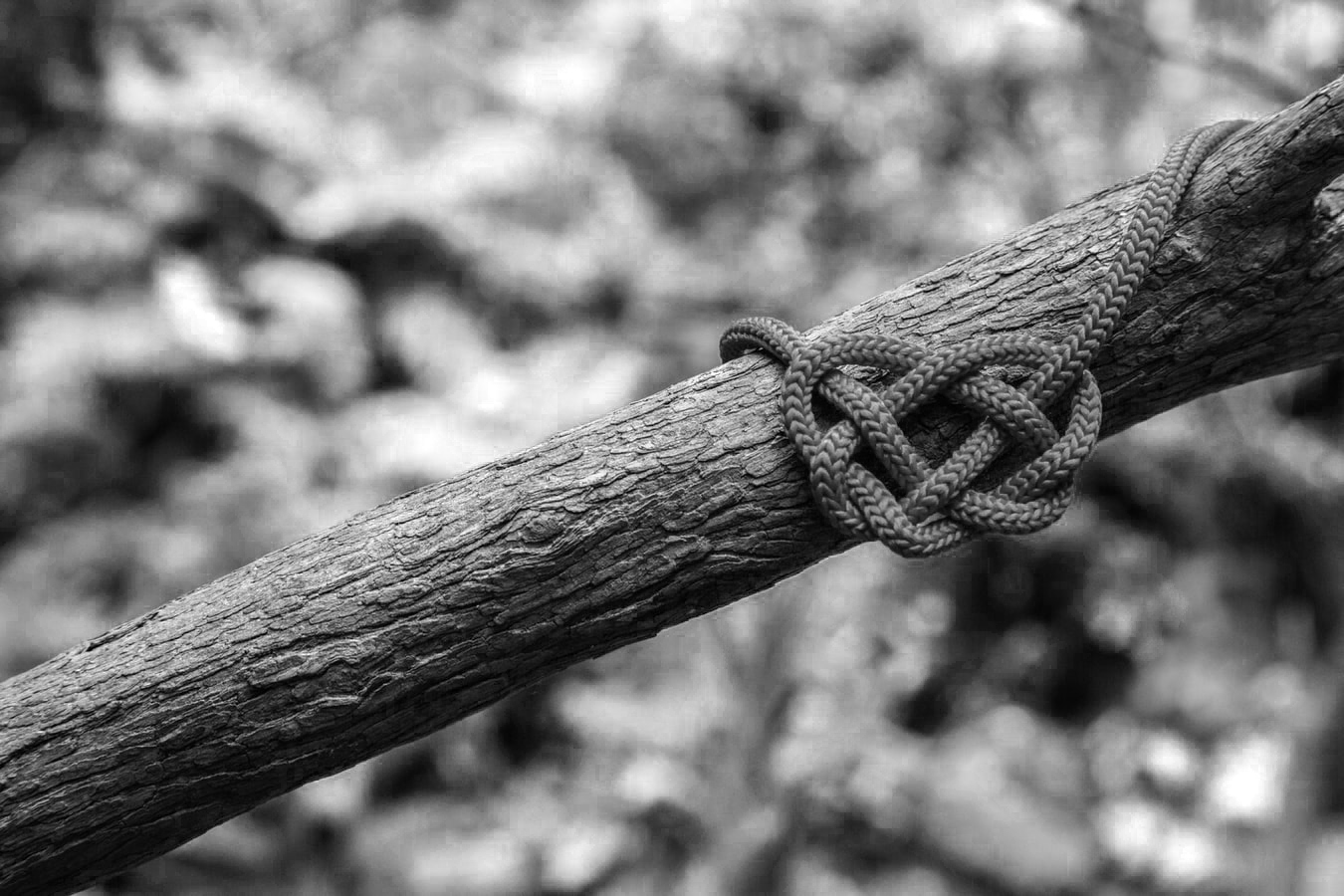
When people start to attune with their heart, they report a sense of homecoming.
Another way to recognize a core belief is to focus attention on a familiar emotional reaction — shame or fear, for example — or a somatic contraction, such as a knot in the solar plexus or the heart area. Take a few minutes to simply feel the feeling and sense the sensation as it is without trying to change it. Then ask yourself: “Is there a belief that goes with this?” Be quiet and wait, trying not to grasp with your mind for an answer. Usually the belief will bubble up quickly. Whichever approach you take to recognizing your core limiting beliefs — asking yourself directly, making a list, or starting with reactive feelings and sensations — you are learning how to look under the hood of your conditioning to discover the patterns that drive you. It’s a crucial step in freeing yourself from illusion.
How Do I Question a Core Belief?
Once you have recognized a core limiting belief, attune with your heart wisdom to question it. First, drop your attention from the head to the heart area.
It may help to put your hand over the center of your chest and imagine that you can inhale and exhale directly from this area. Take a minute to quietly attune. You are signaling a willingness to listen in a different way and are also entering into silent contact with your true nature as loving awareness. Poetically speaking, you are summoning your highest muse — heart wisdom, a blend of nonjudgmental clarity and lovingkindness that is always available.
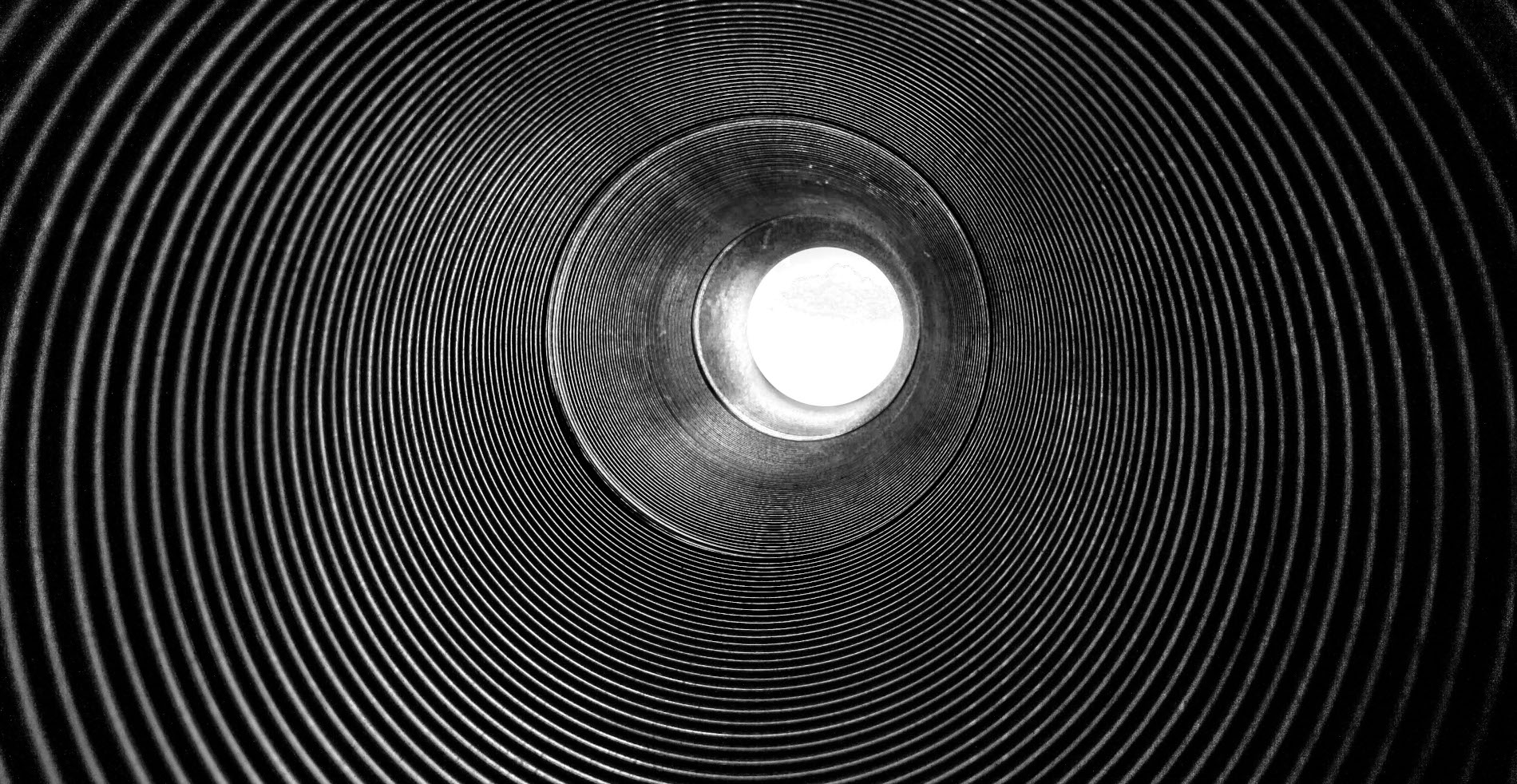
You can sense when your attention shifts from your head to the heart. It’s as if your center of gravity drops down like a descending elevator into your midchest. Not only are you feeling into the heart, you are starting to take up residence there. You may sense a feeling of warmth, openness, and intimacy. When people start to attune with their heart, they report a sense of homecoming and often feel closer to themselves. When I sit with people who are finding their way home, I can feel a radiant glow in my heart area, which happens because we all share the same home as loving awareness.
It can take a minute or two for this shift to happen. Take your time. With practice, it can occur in seconds. Once it feels like your attention is grounded in the heart area, you are ready for the next step:
Ask yourself: “What is my deepest knowing about this belief?” Don’t go to your mind for an answer.
If your belief is that you are not good enough, for example, state your question like this: “What is my deepest knowing about this belief that I am not good enough?” Use the exact language that you have used to formulate the belief. The clearer your question is, the more precise the response will be
I know that I am being repetitious, but there is a reason that I keep reminding you to not go to your mind for an answer. Going to ordinary thinking is the single most common way to sabotage your inquiry. When you are willing to not know with your problem-solving, strategic mind, a different and more essential form of knowing becomes possible.
There is no right answer in this inquiry. In fact, there is no “answer” as such. Instead, we are inviting a holistic response. One of my reservations about Byron Katie’s “Work” (which I greatly appreciate in general) is that the first two questions in her protocol — “Is it true” and “Can you absolutely know that it is true?” — are binary. You can only answer yes or no, and you know beforehand that the correct answer is always no. Framing the inquiry this way tends to keep attention localized in the mind
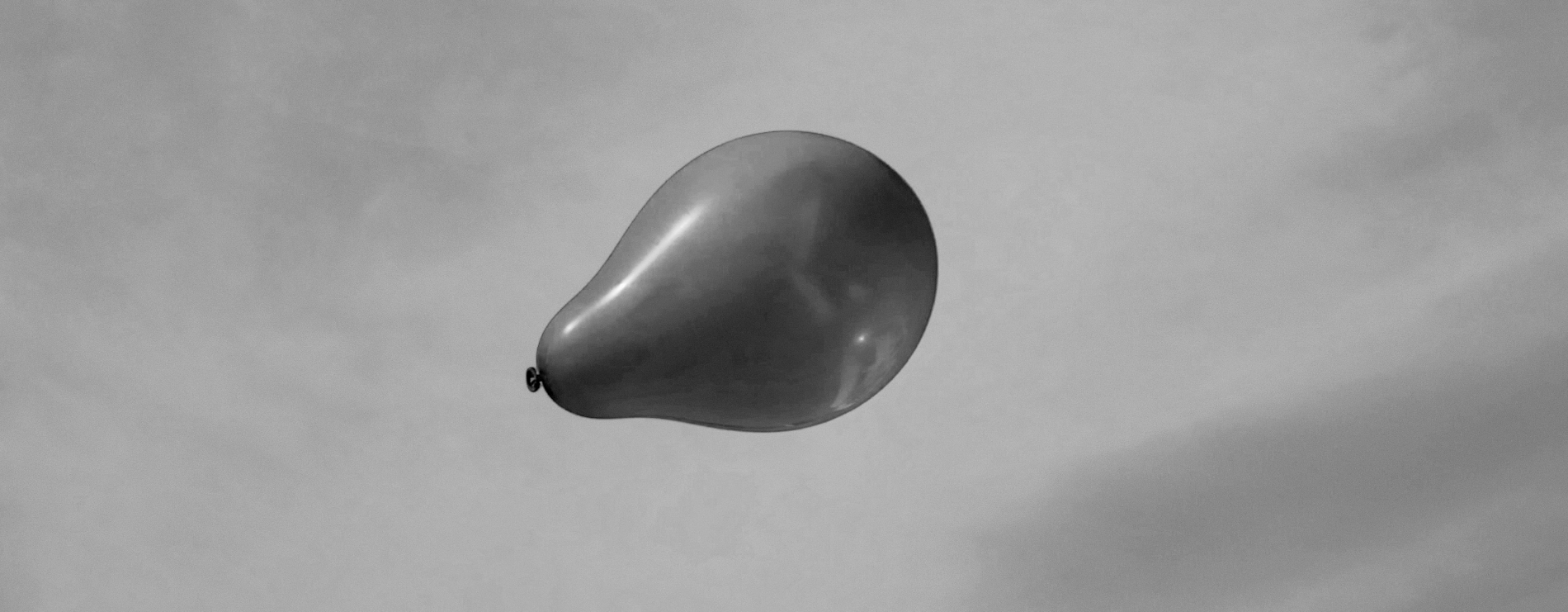
Once we have clearly formulated a core belief, shifted our attention from the head to the heart, and then inquired into our heartfelt knowing, we let the question go, wait, feel, and listen. A response can come in any form. For example, when I inquire in this way, a response often comes first as a subtle sensation in the interior of my body. It’s as if something lights up inside. As I sit with this subtle sensation, letting it be with openness and curiosity, a word or image will usually arise to accompany it. It’s as if a pearl begins to materialize on the ocean floor, readying itself to be brought up to the surface by a deep-sea diver. I will check to see and feel if the arising word or image resonates with the original sensation, and it takes clearer shape as I do so. Sharing it with another person also brings it out from the private into the public domain, which makes the response even more potent.
This process of discovery varies from person to person. For some, a word or an image will immediately appear with or without any sensation. Others will experience a silent knowing of the complete irrelevance of their belief. The point is to discover how a response comes to you and then honor it. We honor our responses by consciously letting them in as gifts from the gods and then acting upon them. This deep dive into our inner knowing and re-immersion with a new, liberating understanding directly parallels what mythologist Joseph Campbell described as the hero’s (or heroine’s) journey
Protocol for Heartfelt Inquiry into Core Beliefs
- Identify a core limiting belief. Keep it short and note its emotional and somatic
charge. Then let it go. - Shift your attention from the head to the heart area.
- Ask yourself: “What is my deepest knowing about this belief?”
- Don’t go to your mind for an answer. Be quiet. Listen, feel, and sense. A response
can come in any form. - Let it in
ABOUT THE AUTHOR
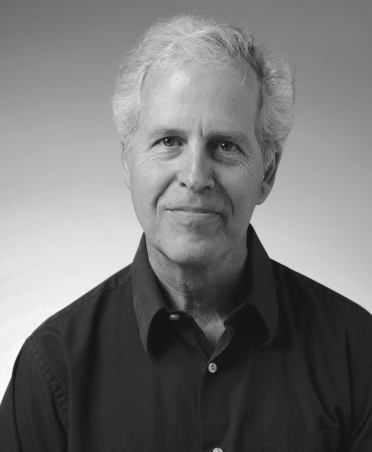
John J. Prendergast, PhD, is a spiritual teacher, author,
psychotherapist, and retired adjunct professor of psychology who
now offers residential and online retreats.
For more, please visit http://listeningfromsilence.com/
Posted by mkeane on Wednesday, June 24th, 2020 @ 10:53PM
Categories:
